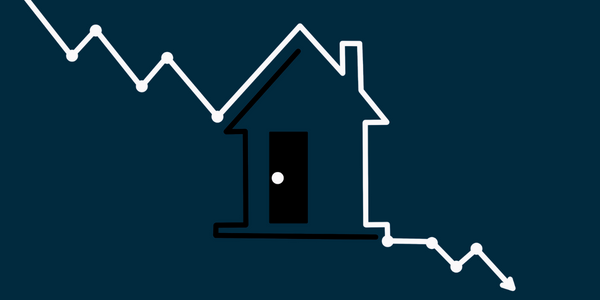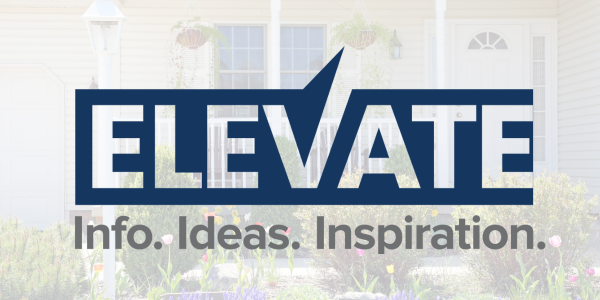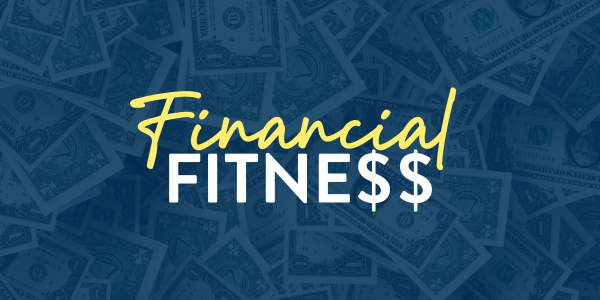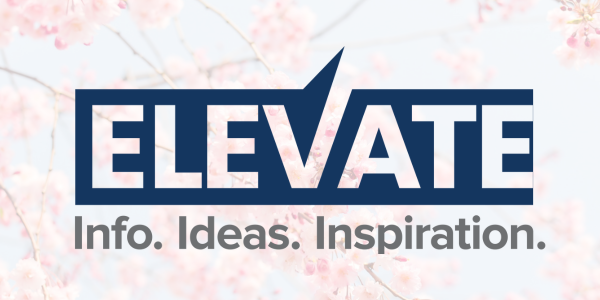
Whether you are just finishing up college or have been out for a few years, getting your feet underneath you with a new career is typically priority number one! But as time moves forward some millennials could consider making a financial investment in their futures by becoming a home buyer. It’s not as intimidating as some may think.
 Here are some questions someone in their 20s could consider asking themselves to understand if they are ready to become a homeowner.
Here are some questions someone in their 20s could consider asking themselves to understand if they are ready to become a homeowner.
- Do I know where I want to live long-term? Purchasing a home is a big commitment. This is where you may live for several years. Think about if you have a city and neighborhood in mind where you see yourself living in for a long time.
- Do I have a down payment saved up? A down payment for a home purchase can range widely and is based on the price of the home. Think about how much you have and how much you may have in the coming year.
- Do I know what my credit score is? Excellent credit is generally a score of 720 and above; good credit is 660 to 719; fair credit is 620 to 659 and anything 619 and below is considered poor standing.
Understand Your Options
There are many first-time home buyer programs available to first-time buyers. First-time buyer programs are designed to help new buyers achieve their goals of homeownership. At APM, we know that a first-time buyer’s down payment may need to be sourced as a gift from a family member or friend. FHA loans are insured by the Federal Housing Administration, and these government-backed loans have been designed specifically to help buyers achieve their goal of homeownership. FHA loans have lower down payment requirements compared to conventional (private lender) mortgages. With an FHA loan, your down payment can be as lower than with a fixed rate loan, and can be gifted to you from a family member or friend. Fannie Mae HomePath is a loan program that helps first-time buyers purchase Fannie Mae-owned foreclosed properties. With the HomePath program, qualifying first-time buyers can purchase a home with 5 percent down without having to pay for mortgage insurance.
A USDA loan is a great option for first time buyers looking for a no down payment option. Depending on where you want to purchase your home, state or local down payment assistance programs may be available to you. Many of these programs are in the form of an interest-free, “silent” second mortgage that doesn’t need to be repaid until the house is sold, refinanced, or paid in full.
Save for a Down Payment
How much do you have saved for a down payment on a home? For many would-be homebuyers, saving up enough funds to cover a down payment and closing costs often feels like a monumental task. Luckily, you may be able to purchase a home with far less money down than you thought.
Know Your Credit Score
Credit bureaus examine your personal financial data using an algorithm, or a financial model, to determine your creditworthiness. This analysis, in theory, can predict your ability, or inability, to pay your future debts. Understandably so, the information is invaluable when applying for loans. Credit scores are calculated by the following:
- looking at your credit report
- how much money you owe
- amount of available credit
- the length of your credit
- repayment history
Understanding how your score is broken down will help you improve your score over time. The biggest factor is payment history. This accounts for 35 percent of your score. The next biggest component is the amount you owe on your credit (30 percent). The credit history length (15 percent), new credit (10 percent) and types of credit used (10 percent) are the other three variables that enter the equation.
Prepare for a Pre-Approval
In order to obtain a pre-approval, you may be asked to provide an initial set of documentation to verify your income and assets. Here are items you will want to start pulling together:
- Financial and income documents (pay stubs, W-2s, etc.)
- Property documents (insurance premium statements)
- Personal documents (bankruptcy or divorce papers, if applicable).
- Proof of identity (driver's license, etc.)
It may take some diligence and patience, but millennials could find ways to make homeownership a reality in their 20s.









